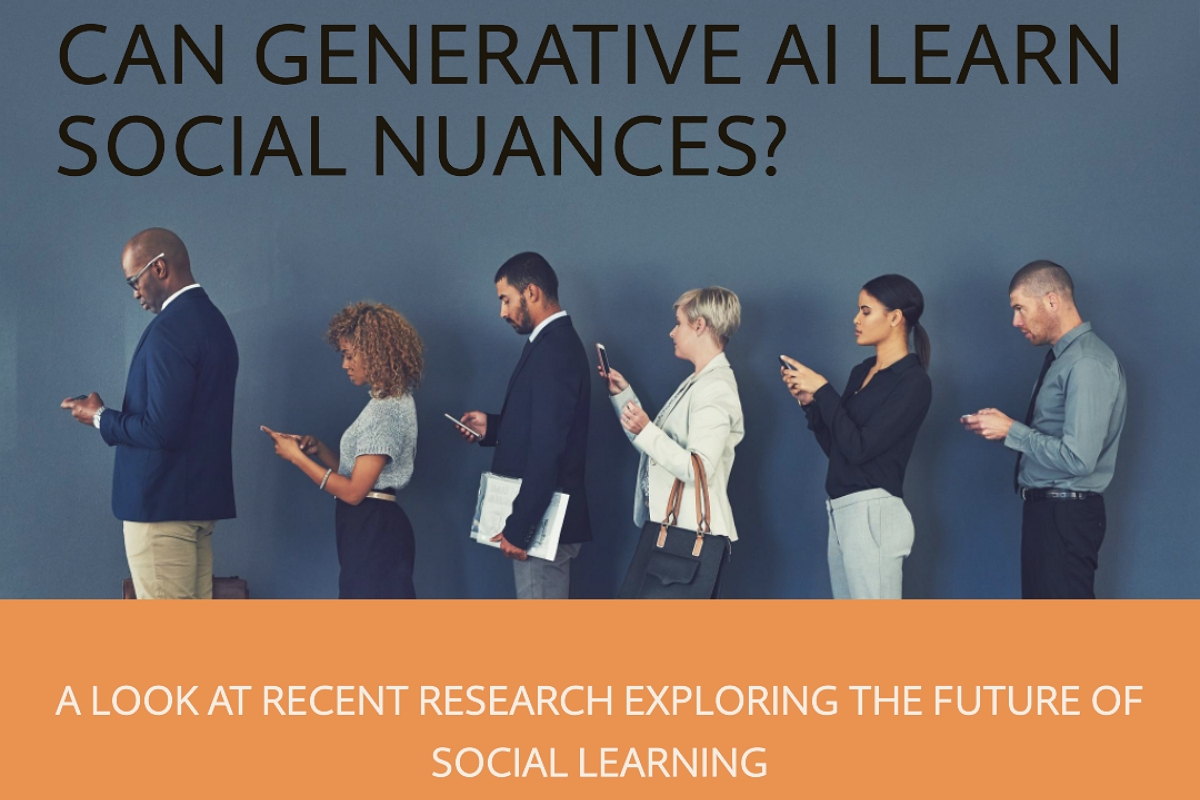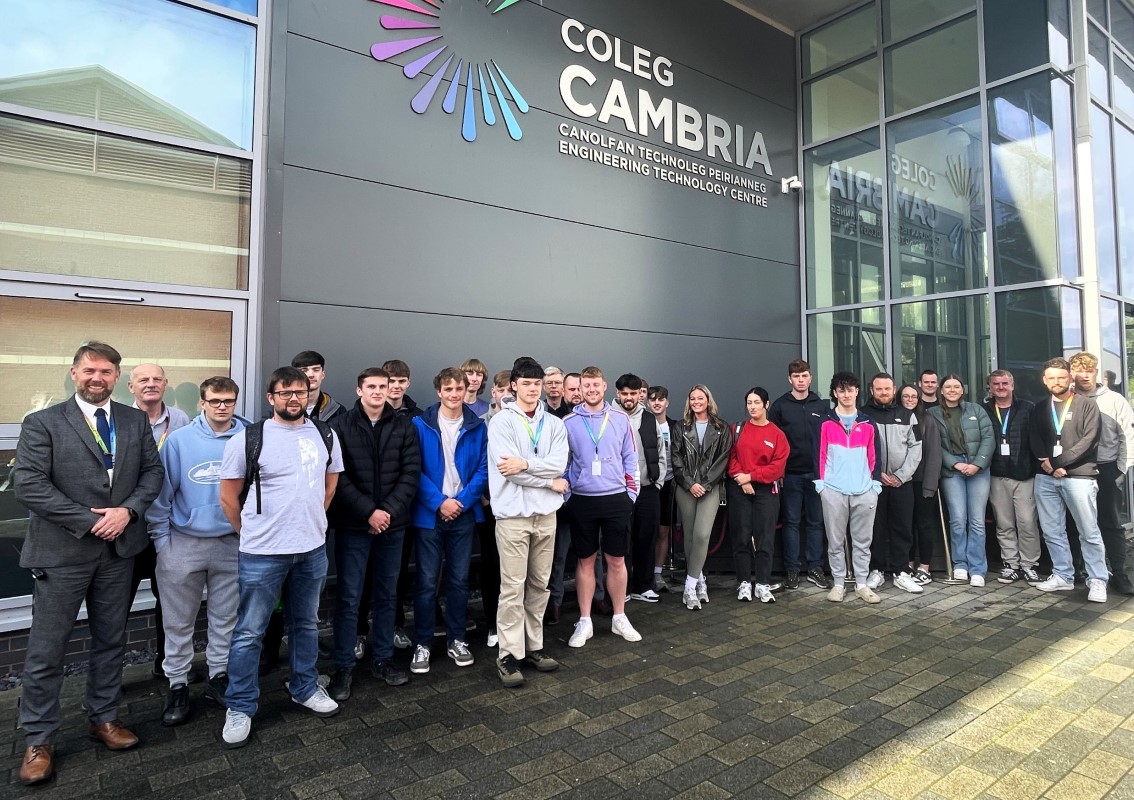Can Generative AI Learn Social Nuances? A Look at Recent Research Exploring the Future of Social Learning

𝗧𝗵𝗲 𝗟𝗶𝗺𝗶𝘁𝘀 𝗼𝗳 𝗚𝗲𝗻𝗲𝗿𝗮𝘁𝗶𝘃𝗲 𝗔𝗜 𝗶𝗻 𝗦𝗼𝗰𝗶𝗮𝗹 𝗨𝗻𝗱𝗲𝗿𝘀𝘁𝗮𝗻𝗱𝗶𝗻𝗴
Artificial intelligence (AI), particularly Generative AI, has garnered significant attention for its capacity to process large data sets, recognise patterns, and execute complex tasks. Yet, one could argue that despite its computational prowess, AI remains fundamentally incomplete in one critical dimension: the ability to engage in and learn from social interactions, a characteristic identified as integral to human intellectual depth by scholars like Mark Maslin, Professor of Palaeoclimatology, UCL.
𝗘𝘁𝗵𝗶𝗰𝗮𝗹 𝗜𝗺𝗽𝗹𝗶𝗰𝗮𝘁𝗶𝗼𝗻𝘀: 𝗪𝗵𝗲𝗿𝗲 𝗔𝗜 𝗙𝗮𝗹𝗹𝘀 𝗦𝗵𝗼𝗿𝘁
This inadequacy in AI, especially in terms of social complexity, is not just a shortfall but has ethical implications. The difficulty in incorporating this aspect into AI systems hints at deeper issues, such as the risk of inherent biases and potential exploitation of the technology. These challenges are closely aligned with existing concerns in AI ethics, which focus on mitigating biases and ensuring responsible data use.
𝗣𝗶𝗼𝗻𝗲𝗲𝗿𝗶𝗻𝗴 𝗥𝗲𝘀𝗲𝗮𝗿𝗰𝗵: 𝗧𝗿𝗮𝗶𝗻𝗶𝗻𝗴 𝗦𝗼𝗰𝗶𝗮𝗹𝗹𝘆 𝗔𝗹𝗶𝗴𝗻𝗲𝗱 𝗔𝗜 𝗠𝗼𝗱𝗲𝗹𝘀
Recent academic work aims to overcome these limitations by training AI models to be socially aligned. A notable paper, “Training Socially Aligned Language Models in Simulated Human Society,” suggests a paradigm shift in the way we train language models. The authors argue that allowing AI models to learn from simulated social interactions could lead to better alignment with human values and societal norms. This new training method shows promise in enhancing AI’s ability to understand ethical and social constructs and, importantly, to generalise these understandings into new, unfamiliar contexts.
𝗧𝗵𝗲 𝗜𝗺𝗽𝗼𝗿𝘁𝗮𝗻𝗰𝗲 𝗼𝗳 𝗦𝗼𝗰𝗶𝗮𝗹 𝗖𝗼𝗻𝘁𝗲𝘅𝘁 𝗶𝗻 𝗔𝗜 𝗗𝗲𝘃𝗲𝗹𝗼𝗽𝗺𝗲𝗻𝘁
Another influential paper, “Socially Situated Artificial Intelligence,” underscores the importance of social context in AI training. The research asserts that AI agents can substantially improve their performance and societal alignment through ongoing, real-world interactions with humans. Such interactions not only facilitate the learning of new concepts but also help the AI system adapt its behaviour based on observed societal norms.
The Road Ahead: Challenges and Considerations
Achieving this goal is far from straightforward. The ethical terrain is fraught with challenges, including the risk of amplifying existing societal biases or enabling new forms of exploitation. AI’s potential to become socially aware exists, but the roadmap towards that is complex, necessitating a multi-disciplinary approach that goes beyond technical solutions to encompass ethical and social dimensions.











Responses